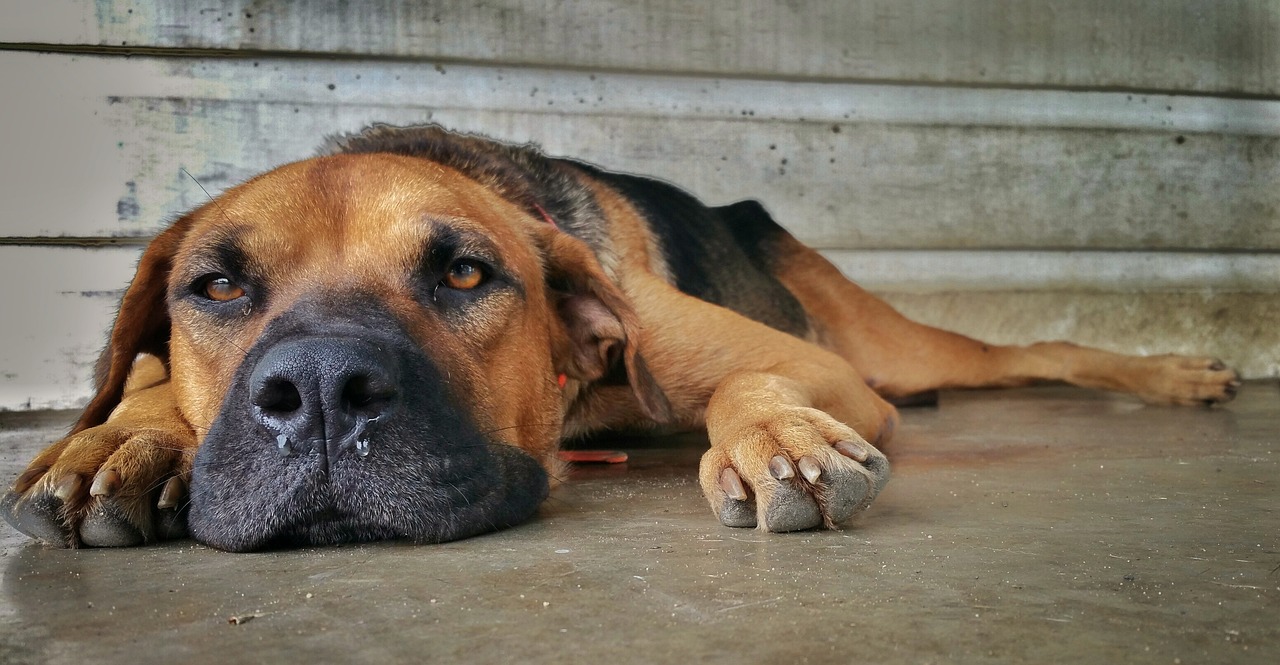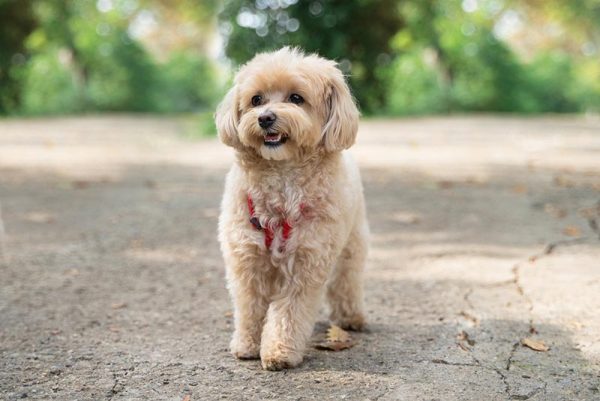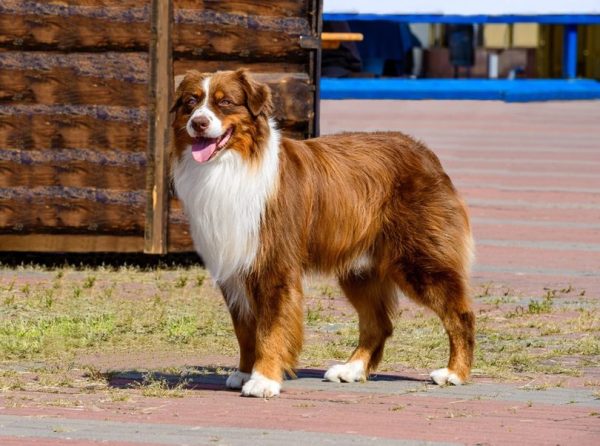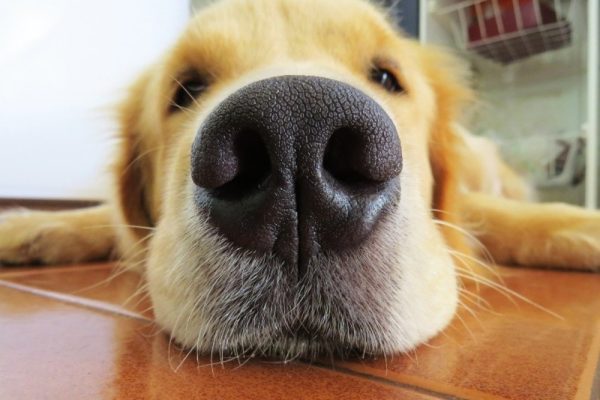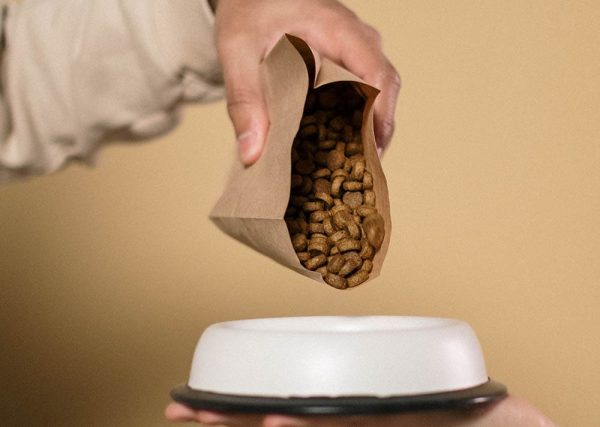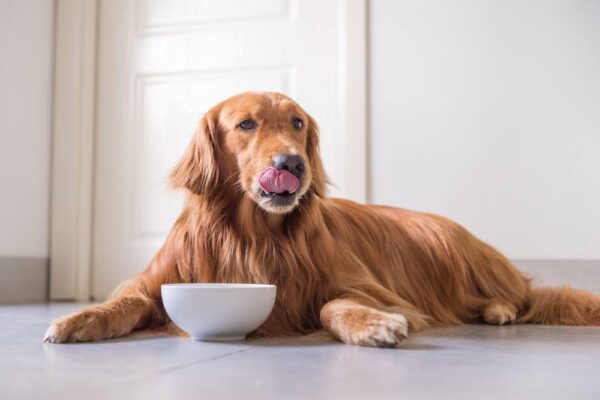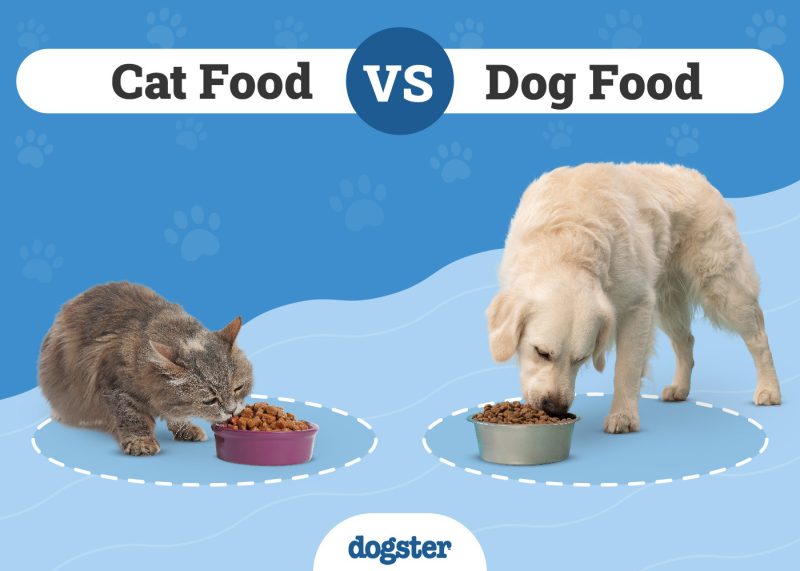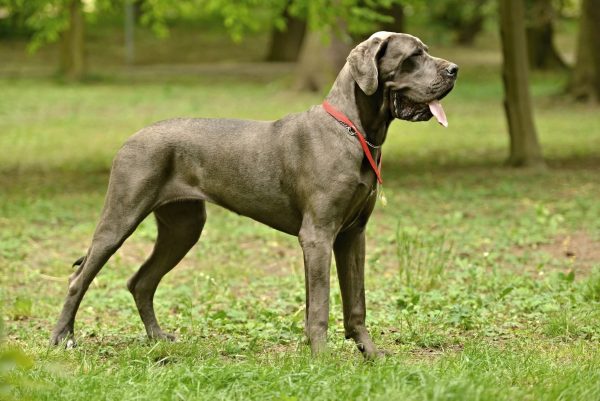Nobody wants their dog to walk around with a bunch of mucus dried in their nose, but they can’t clean it up themselves. Therefore, we must step in as responsible pet owners to solve the problem. Luckily, cleaning up dog mucus is easy to do. The hard part is figuring out why your dog is producing mucus. Here is everything that you need to know.

How to Clean Dog Nose Mucus (4 Simple Steps)
1. Clean With a Cloth
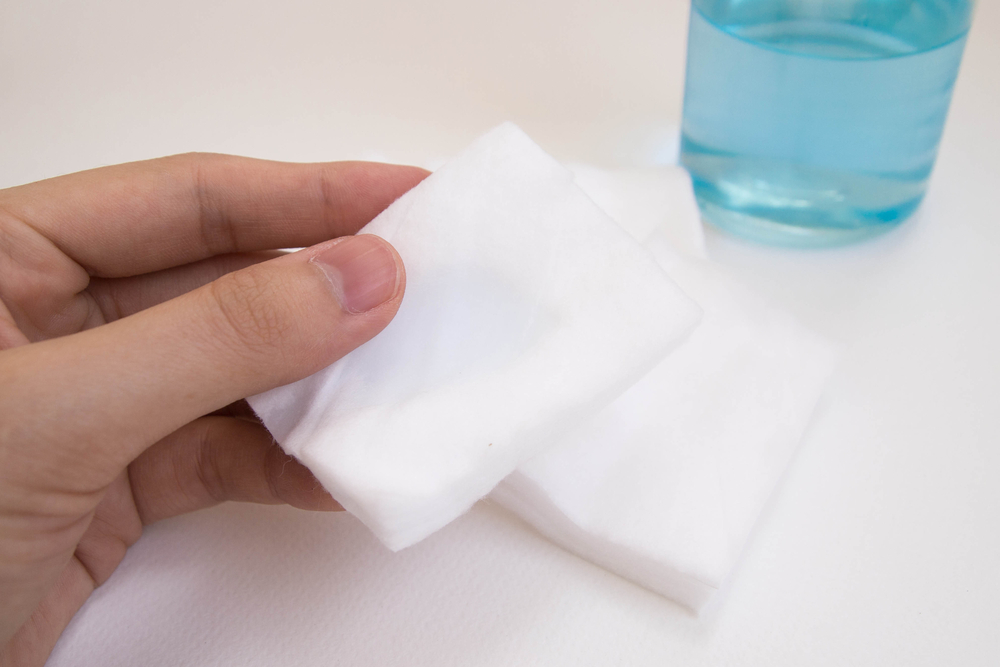
You can easily get rid of mucus on and around your dog’s nose with the help of a clean, damp cloth or cotton pads. To sterilize the water, first boil it and then let it cool. Wet the cloth with warm water, then squeeze out the excess. Then, gently wipe the affected area until the mucus is gone. Start at the nostril and move out and away from the nose.
You may need to rinse the cloth several times as you work to ensure that you don’t transfer mucus back onto your dog or use a clean pad each time. You can use this cleaning method whenever mucus starts to build up. If the nose is very crusty, you may need to gently hold the cloth a little longer on the crusts to loosen up the discharge.
If you are looking for the perfect product to clean your dog's sensitive areas, Hepper's Wash Wipes are our recommendation, plus it's a great on-the-go option. These premium wipes are thick and durable enough for the toughest of paw messes, while still being soft enough to use on your dog's ears or eyes. Formulated with pet-friendly, hypoallergenic ingredients they are the ideal product for all dogs of all ages, skin conditions, or sensitivities.
At Dogster, we’ve admired Hepper for many years and decided to take a controlling ownership interest so that we could benefit from the outstanding designs of this cool pet company!
2. Utilize a Nasal Aspirator
If your dog is noticeably having trouble breathing due to mucus buildup, you can utilize a nasal aspirator made for animals or babies. This will clear mucus out of the nose so it doesn’t run out onto other parts of the dog’s body. This will not treat the problem causing the mucus buildup, but it will provide relief to your dog and ensure that mucus does not end up on your couch and other items in your home. It is more suitable for use in puppies than adult dogs.
3. Determine the Cause
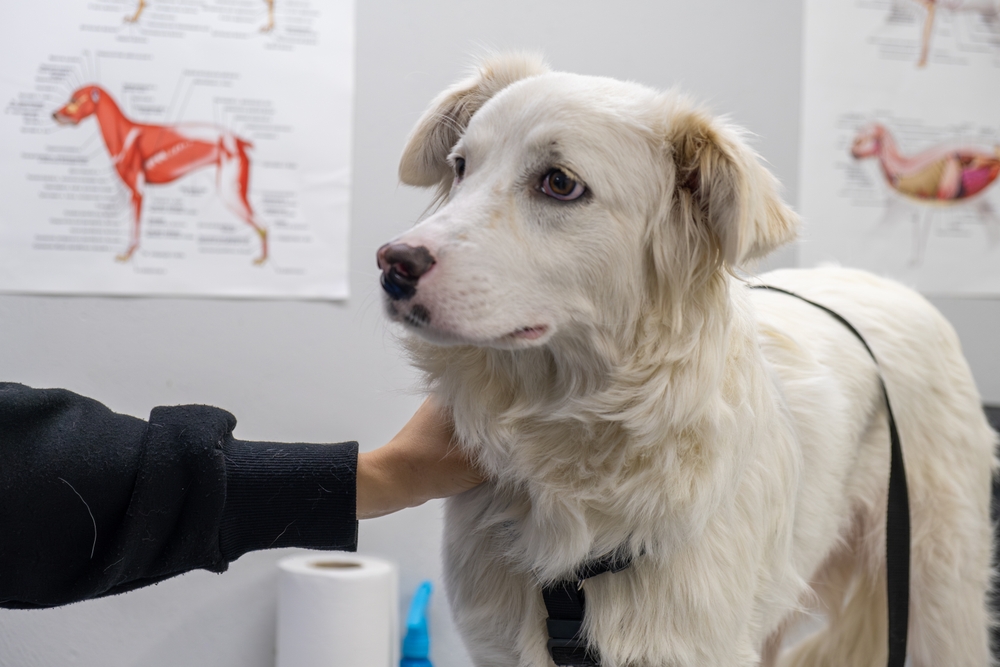
Sometimes, a dog produces a little extra mucus. However, if your dog’s mucus does not seem to be going away or it looks green or discolored, you must determine what the cause is to treat it. Common causes to consider include the following.
- Inflammation
Both sinusitis and rhinitis result in the inflammation of a dog’s nasal passages. They are also known to increase the production of mucus. If the inflammation is not addressed, bacterial infections can develop, which can make the mucus discharge even worse. Other signs of sinusitis or rhinitis include sneezing and a loss of appetite. These problems will need treatment by your vet.
- Foreign Bodies
Sometimes, debris and small objects can become lodged in a dog’s nose. If this happens, mucus may develop due to the irritation the object is causing. Your pup will probably keep pawing at their nose or rubbing their nose on objects to try to dislodge the object. If you can see the object or debris in your dog’s nose, you can carefully use tweezers to remove it. However, you’ll probably need to visit the vet to help.
- Allergens
Allergies are common problems for dogs. They could be due to food or the environment, but the signs are usually the same. In addition to a runny nose, your dog may display signs of allergies in the form of sneezing, itchiness, runny eyes, and consistent licking. Getting rid of the source of the allergic reaction should eliminate your dog’s mucus production problem. However, that is easier said than done, especially for environmental allergies.
- Canine Distemper
This is a serious virus that could lead to death if not treated quickly enough. Canine distemper can be contracted through contact with other animals (especially stray ones) and via particles in the air. One sign of canine distemper is a runny nose and mucus. But if your dog is vaccinated and does not spend time outdoors where they can come into contact with strange animals, canine distemper is likely not the reason that your dog is producing so much mucus.
4. Contact Your Veterinarian
If you cannot figure out why your dog is producing mucus, contact your veterinarian. They can provide advice and recommendations to ease your dog’s discomfort and diagnose the problem. In addition to the problems listed above, your vet will consider many others. Most illnesses cannot be treated without an examination and medications from the vet.

A Quick Recap
Dealing with dog mucus is unpleasant but necessary. Cleaning your dog’s mucus is important because it will help relieve their discomfort. Figuring out the cause of the mucus production is also crucial because, without doing so, your dog can succumb to serious illnesses and infections that are expensive to treat.
Featured Image Credit: RonaldPlett, Pixabay
